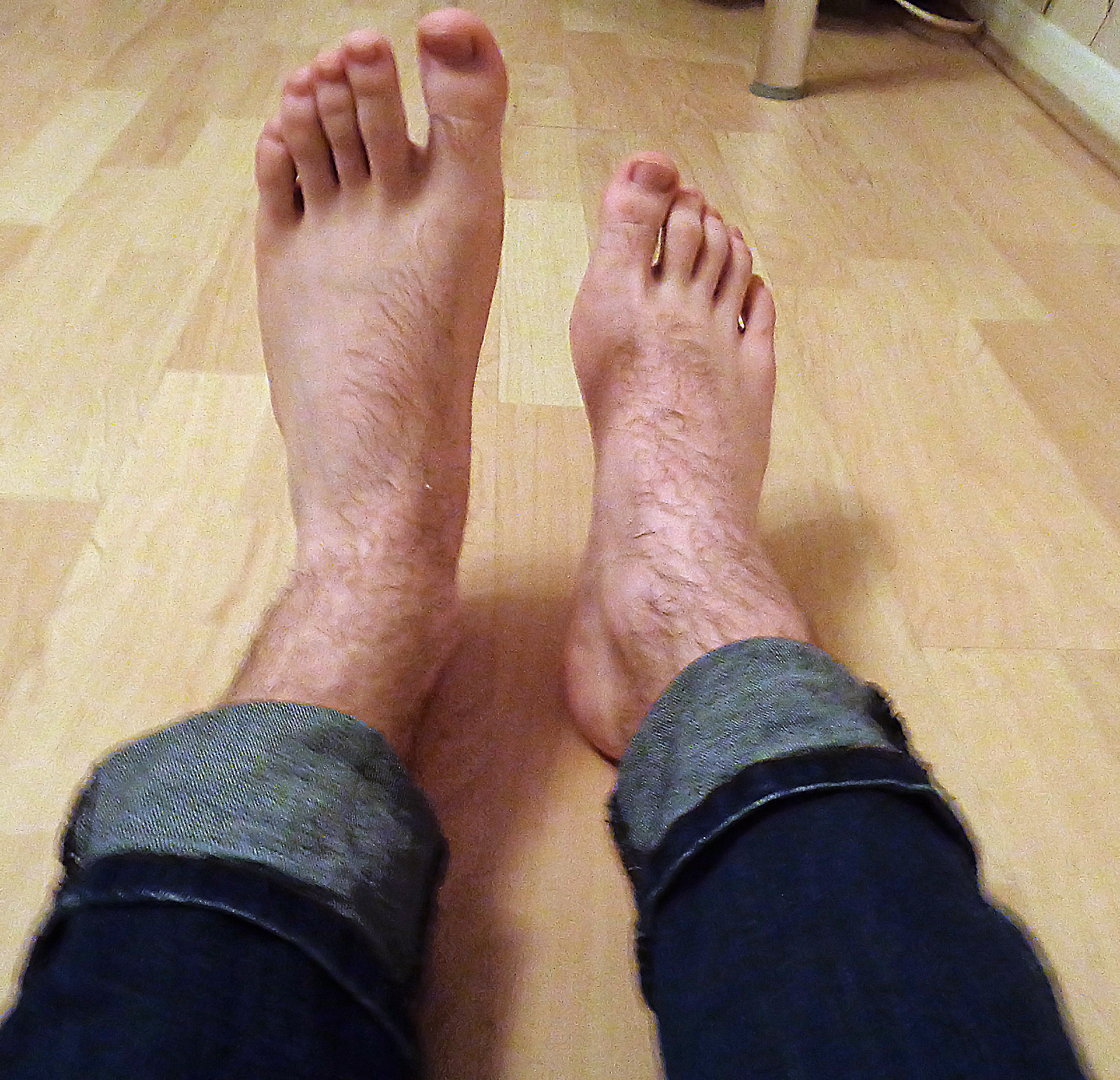A lesser known condition related to rheumatoid arthritis is scleroderma. It is also an autoimmune disorder that afflicts some 300,000 Americans. The name "scleroderma" comes from the Greek language and it can be literally translated as "hard skin." Persons who are afflicted with this disorder experience local or systemic hardening of the connective tissues. It is a chronic disorder and over time can become life threatening.
 |
| A human finger affected by scleroderma |
In similar fashion to rheumatoid arthritis, the joints may be affected, as well as internal organs. This can be painful, and that aspect of scleroderma is the topic for today's post.
Persons with scleroderma experience joint stiffness, especially in the morning, and it is common in the hands. The hands may feel "puffy" as part of the reason for the stiffness is accumulation of fluid that seems to improve over the waking part of the day. Unfortunately, medications such as diuretics do not help to resolve the problem.
Stiffness also occurs due to inflammation...and the best resolution available is the same... and, as the above, it tends to improve as one moves around. This occurs in the hands but can occur in other body joints, such as elbows, knees, and ankles.
Fibrosis of joint capsules causes a form of arthritis that is unique to scleroderma. It is uncomfortable and causes long periods of stiffness. Unfortunately this form of arthritis does not respond to anti-inflammatory medications.
Over the course of time, if scleroderma progresses, a patient may loose range of motion in the body joints. This is known as a joint contracture. Hands, knees, etc may not function normally. It is important to exercise regularly from the initial diagnosis onward in order to preserve function for as long as possible.
Tendonitis is common in scleroderma patients. Here again, the tendonitis that develops is unique to the condition. The tendons rub against one another, most often in the knees or ankles. It is annoying, maybe even crippling. Typical remedies for this condition, known as "tendon rub" include application of heat and/or an anti-inflammatory medication such as the NSAIDs ibuprofen or naproxen. Local injections of steroid medications do not seem to be of much help.
Nerve problems can occur in scleroderma patients, such as carpal tunnel syndrome or trigeminal neuralgia. Some patients have developed a "foot drop"due to muscle weakness.
 |
| Shown here, the right foot drops due to paralysis of the tibialis anterior muscle, while the left foot demonstrates normal lifting abilities. |
Sadly, there is no cure for scleroderma at this point in time. The good news is that many of the non-drug pain management ideas presented in this blog may be of use to the scleroderma patient. Here are some recommendations:
Sources: Scleroderma.org; Wikimedia; Johns Hopkins Medicine; Everyday Pain Management Ideas
Comments
Post a Comment